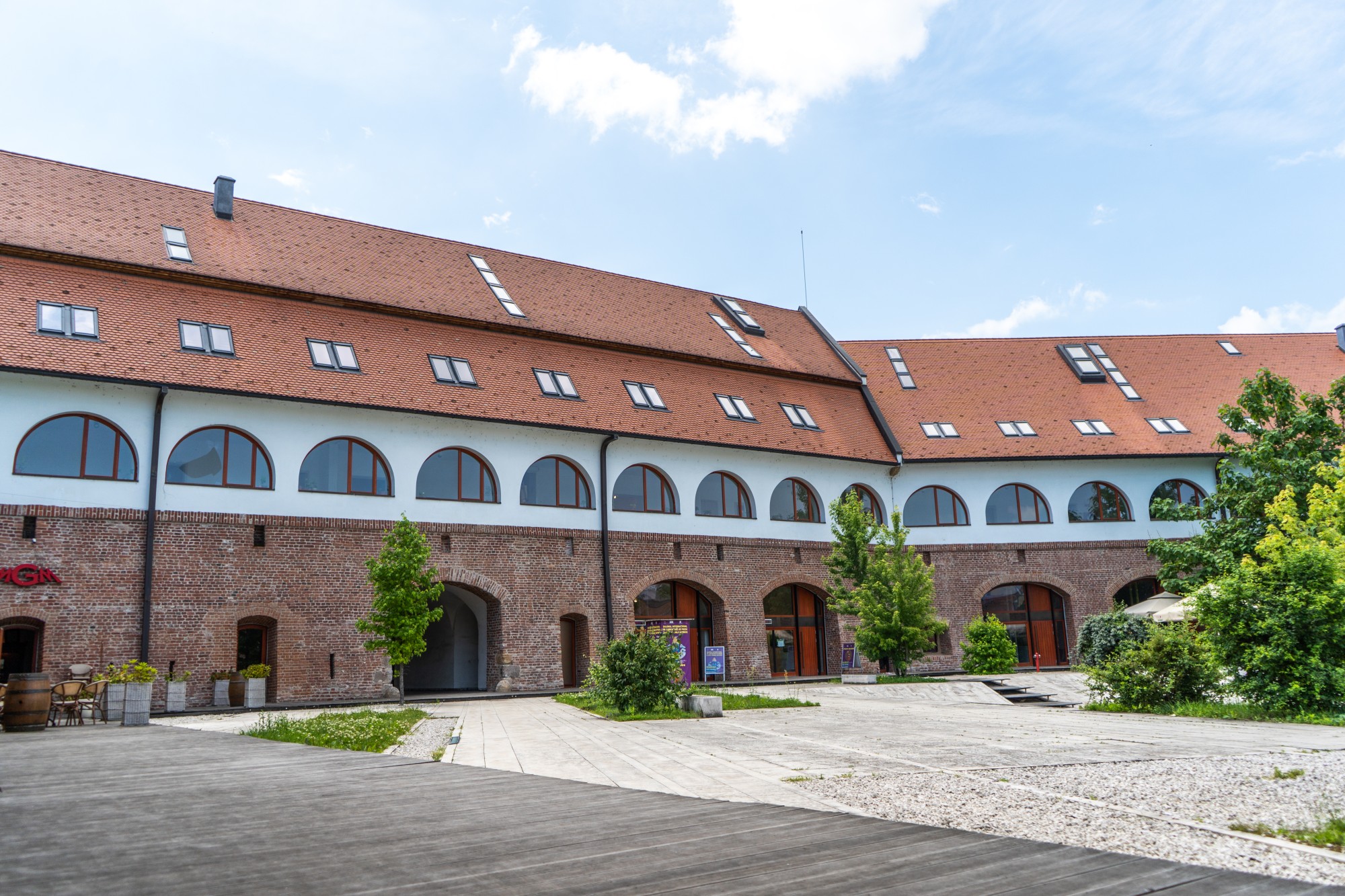Maria Theresia Bastion
Hector str. 4Tue—Sun: 10:00―18:00
Lawrence Abu Hamdan | Decolonizing Architecture Art Residency
Anca Benera & Arnold Estefan | Aslan Gaisumov | Gary Ross Pastrana | Małgorzata Mirga-Tas| Behzad Khosravi Noori | Tanja Muravskaja | Pınar Öğrenci | Ho Tzu Nyen |
Peles Empire | Thao Nguyen Phan
Banat Museum (Corp B)
Céline Condorelli | Collection Collective (Vlad Basalici, Roman Biček, Dora García, Dan Mihăltianu, Raluca Popa Martin Piaček, Valentina Vetturi, Alicja Rogalska) | Alexandra Croitoru | Mona Vătămanu and Florin Tudor, works from the Textile Museum and The Communist Consumer Museum | Virginia Lupu
The Maria Theresia Bastion is part of the fortification system built by Timișoara’s Habsburg administration.
Initially, the city’s defence was a simpler array of walls, an enclosure protected by earth slopes strengthened with palisades and only a few parts of brick formations, along with four gates connecting the exterior. New fortifications, shaped like a 9-cornered star and with baroque gates are erected between 1723 and 1763 following the model of the French military engineer, Sébastien Le Prestre de Vauban. The implementation of these new walls by the Habsburgs highlights Timișoara’s strategic and military importance.
The city continues to develop and modernize in the following century, going so far that, in order to free valuable land in the immediate proximity of the Citadel neighborhood, a long process of demolishing the nine bastions starts in 1890. The Maria Theresia Bastion survives the demolitions through to the beginning of the XXth century and, in the 1970s, is integrated into the urban landscape. Then, in 2010, the Bastion is the subject of a national architecture competition for the building’s rehabilitation, and its integration into the city’s public space network as a new high-quality urban center.
The rehabilitation project is led by a large team of architects which, following a series of thorough studies to identify all the former undocumented interventions (both structural and regarding finishings) carried out in socialist Romania, submits a project that carefully marks contemporary interventions and rehabilitates the historic core with minimally invasive technology. The design team is guided by the Venice Charter, an international document containing standards, theories and conservation principles for historic monuments.
Today, the Bastion hosts permanent and temporary exhibition spaces—including those from the National Museum of Banat which is closed for renovations—the Timiș County Library art section, as well as cafés and restaurants.
(text by Tur de Arhitectură)

“Corneliu Miklosi” Public Transport Museum
The Youth House
Art Encounters Foundation (ISHO House)
The Central University Library “E. Todoran”
The West University Timișoara
Helios Gallery
The „Mihai Eminescu” National Theater
The Communist Consumer Museum
Muzeul Textilelor, Băiţa
The ”Sever Bocu” Press Museum in Jimbolia
OptiLux
City Business Centre
Shopping City Timișoara
The Faculty of Arts and Design
La Două Bufniţe Bookstore
Ambasada
The Faculty of Architecture and City Planning
Basca
The North Railway Station
Botanical Park
Parcul Sudului
Pedestrian
Park of the Huniade Castle
The alley by the “Corneliu Miklosi” Public Transport Museum
Augustin Pacha Str.
Public Advertising Spaces
Timișoara 2021 Info Point
Timișoara City Hall
Billboard
Schools & coffee shops
